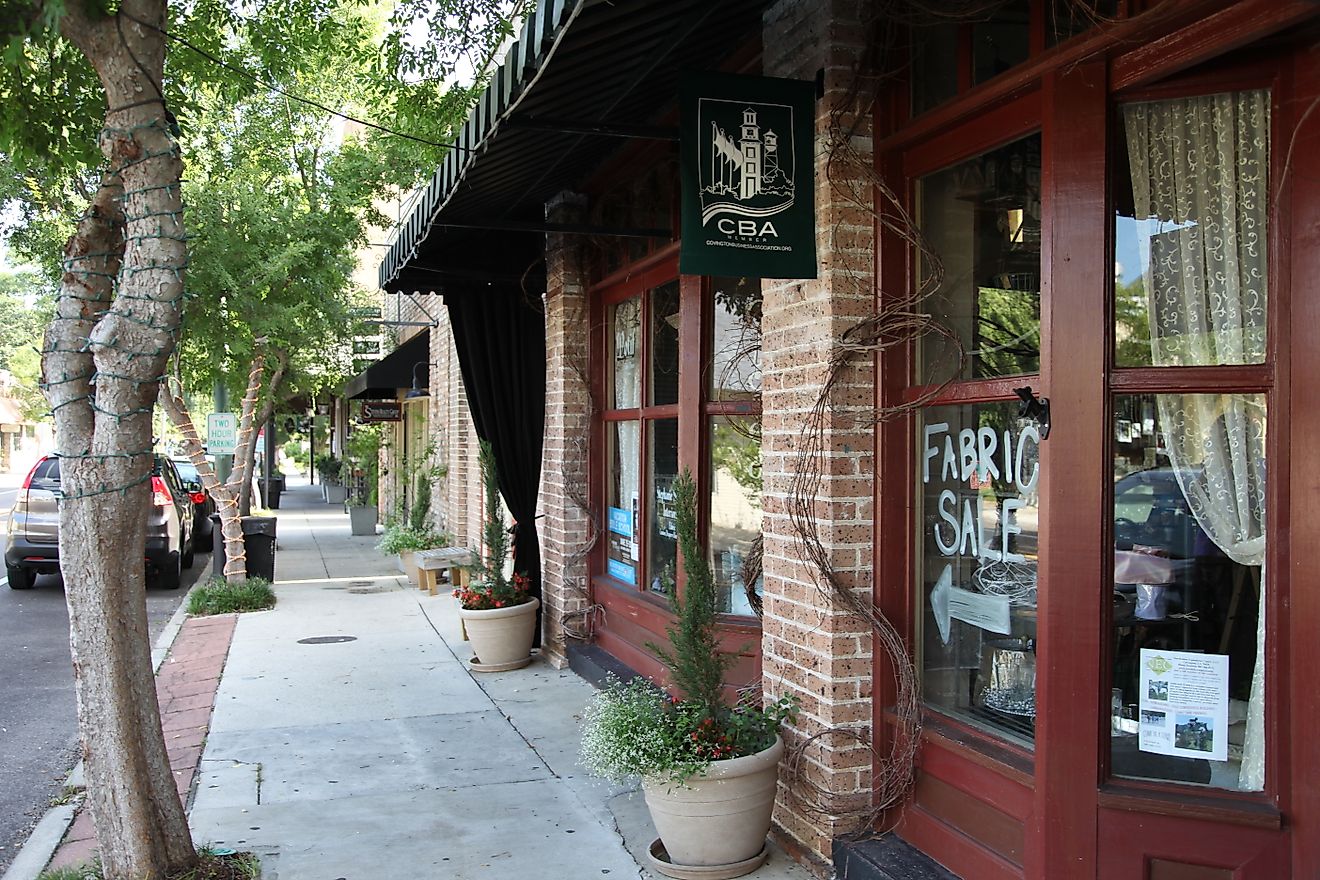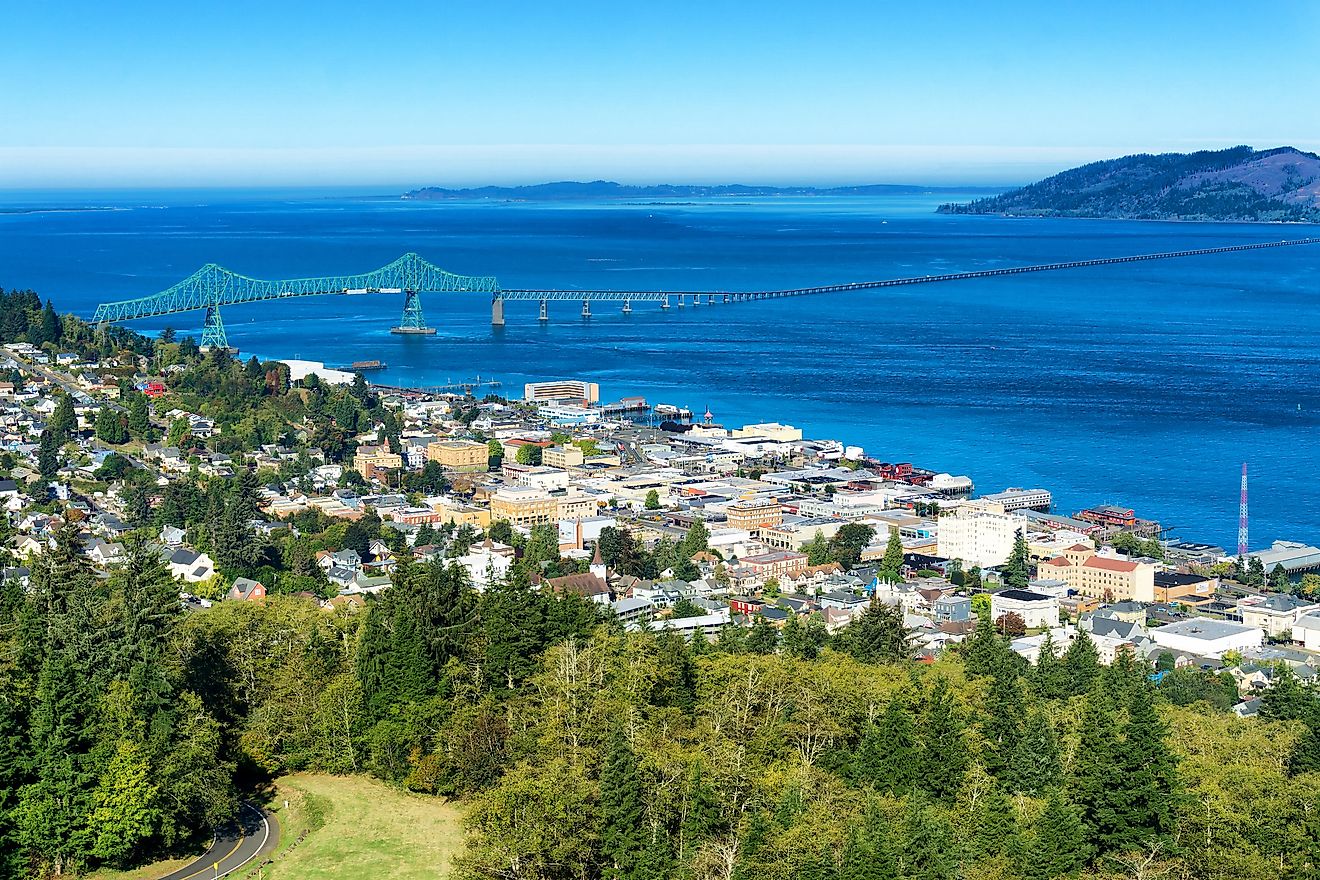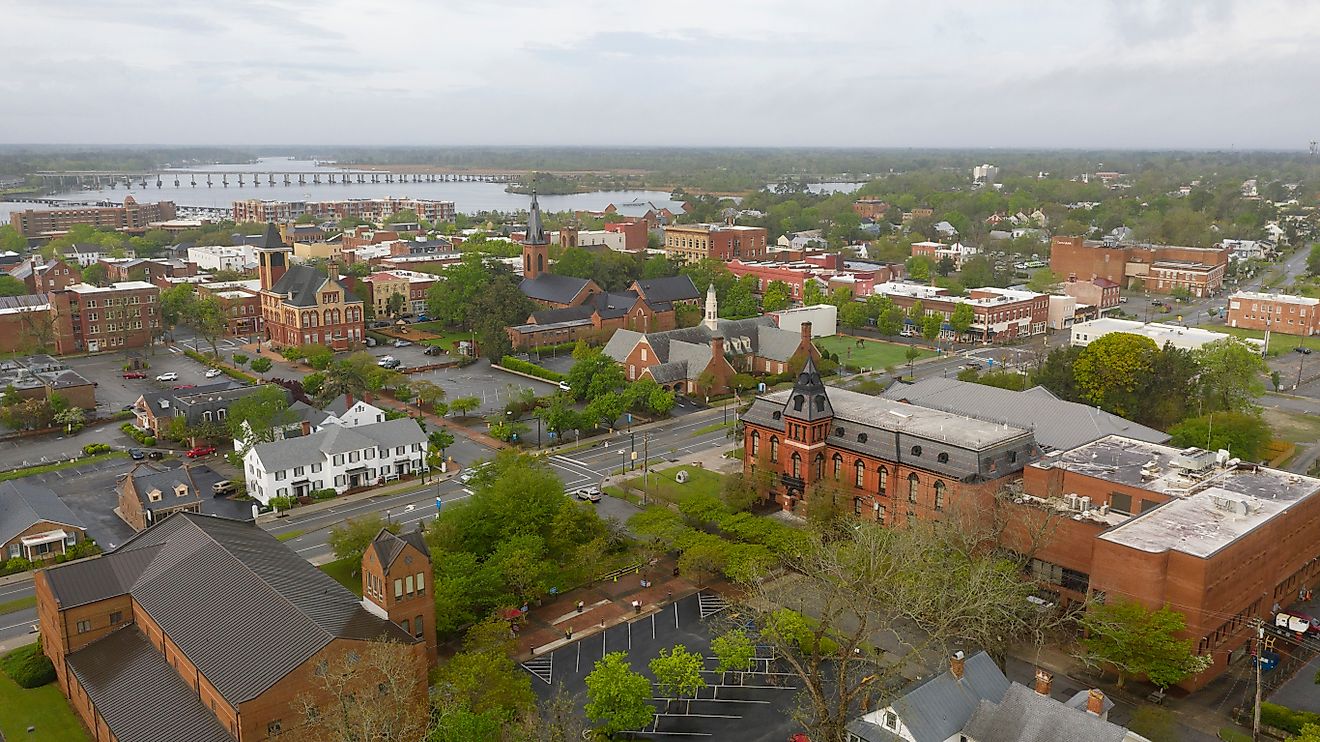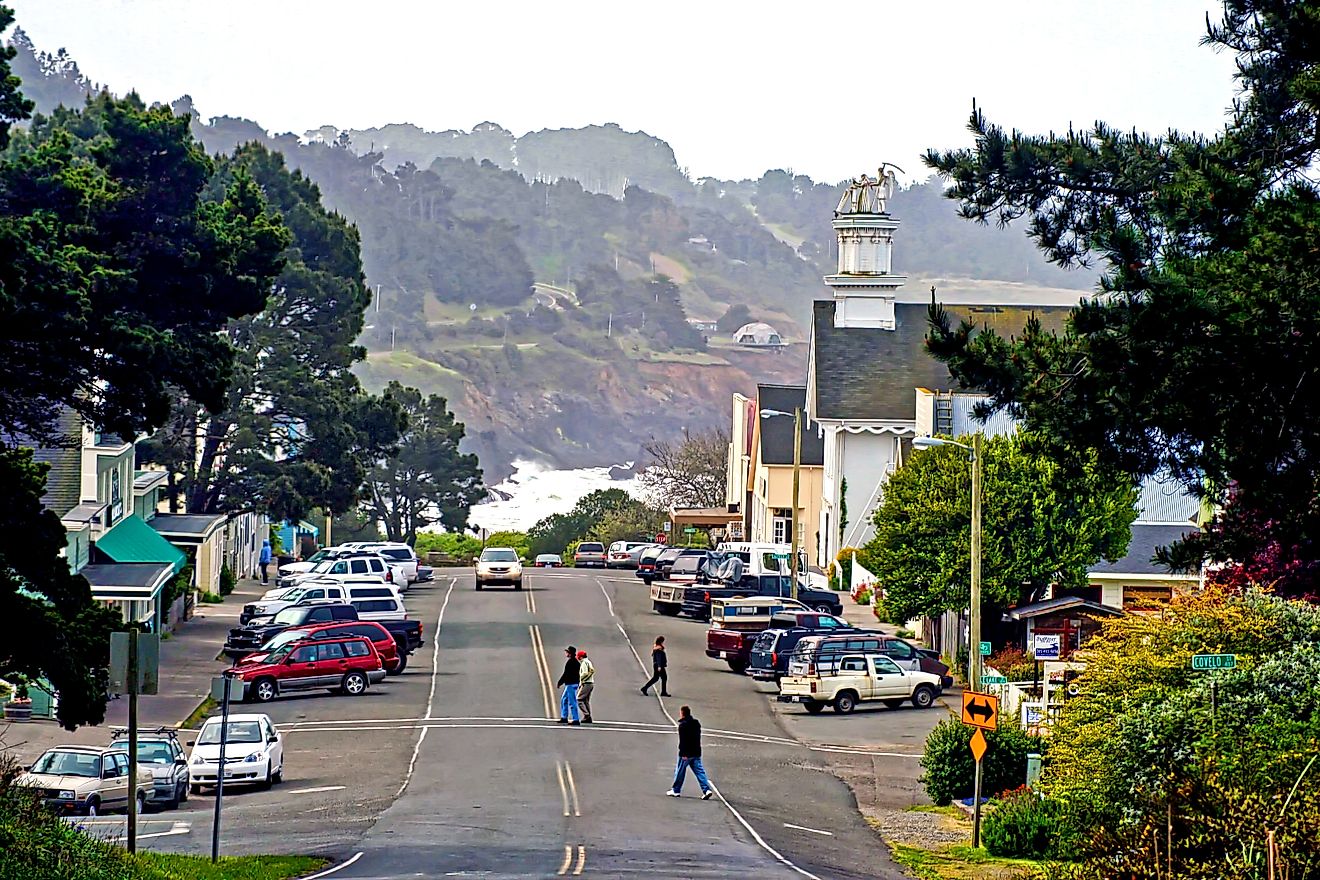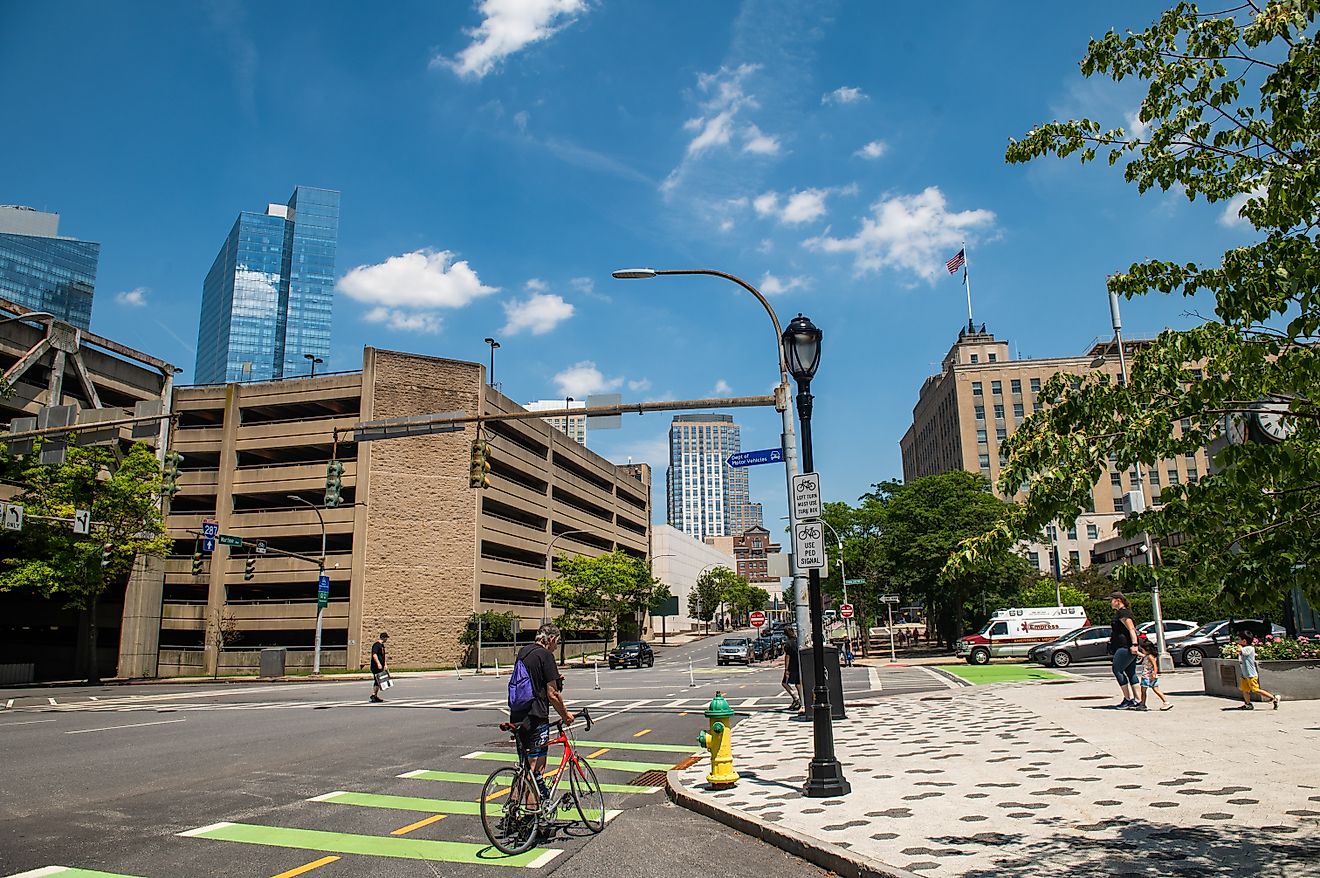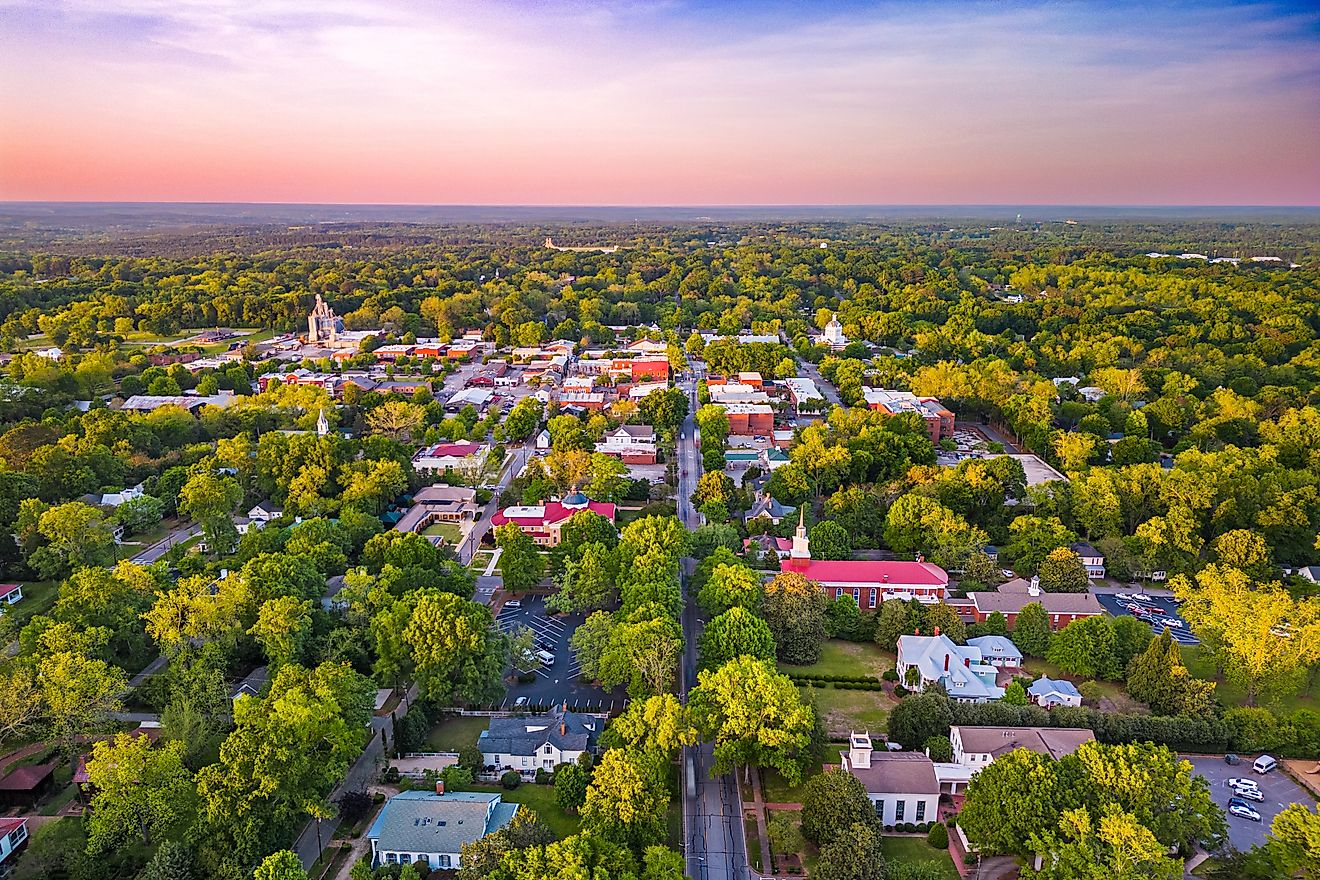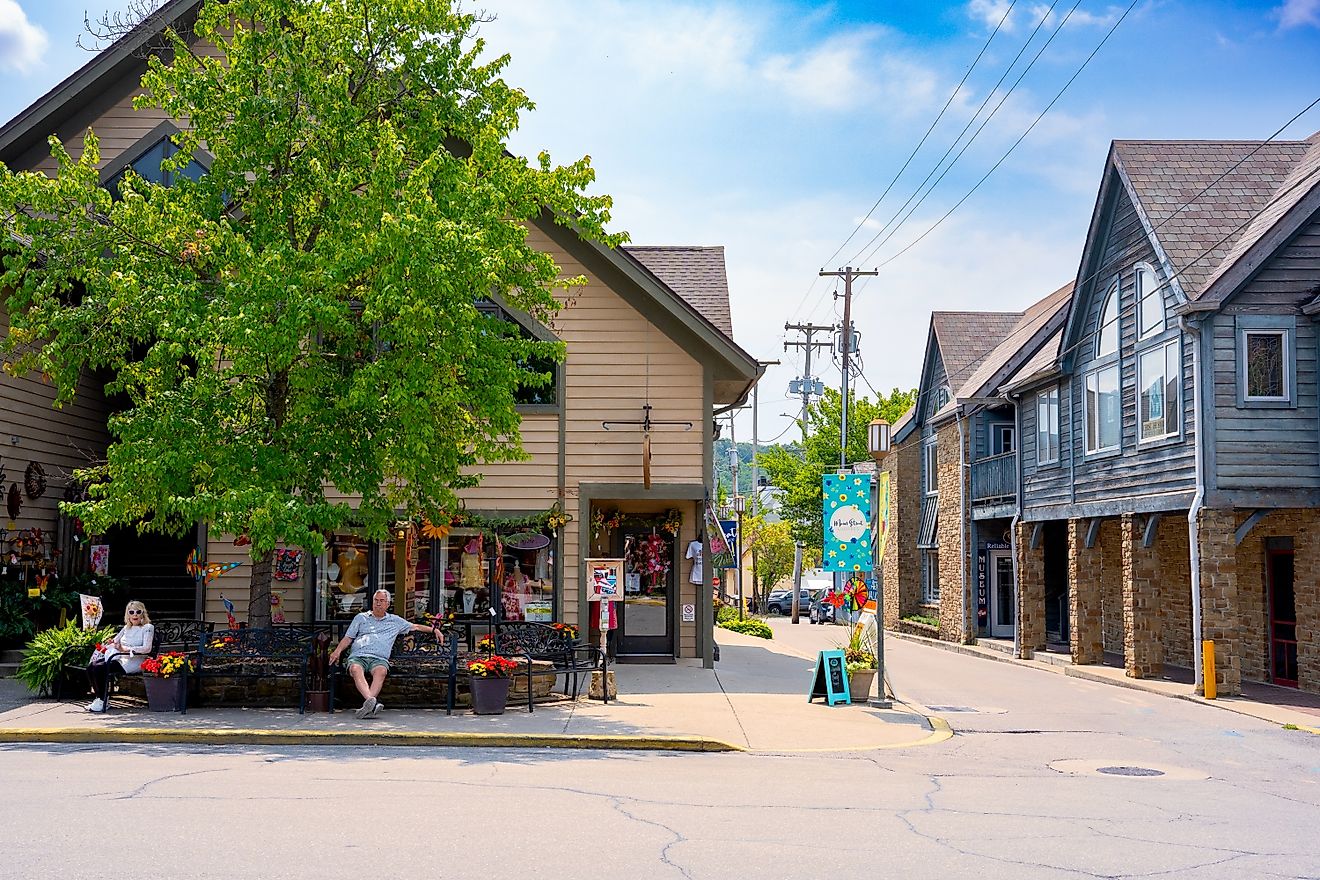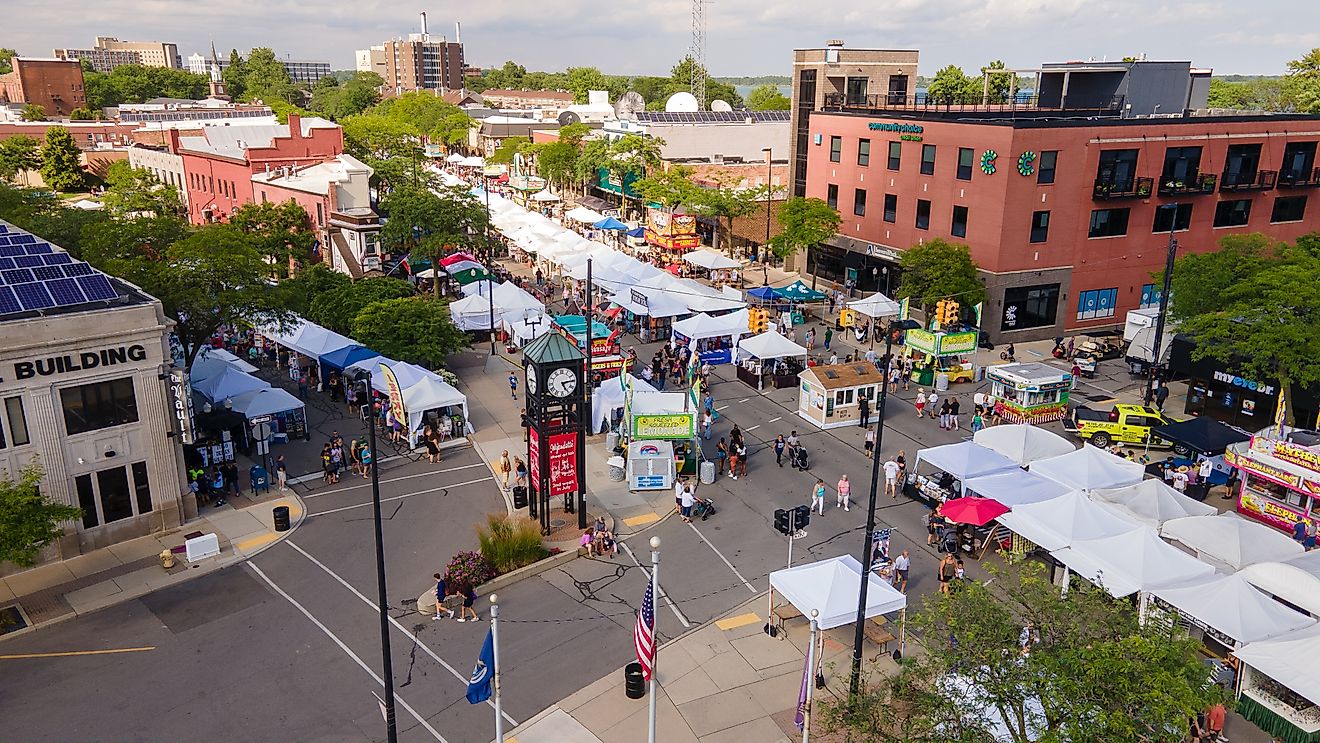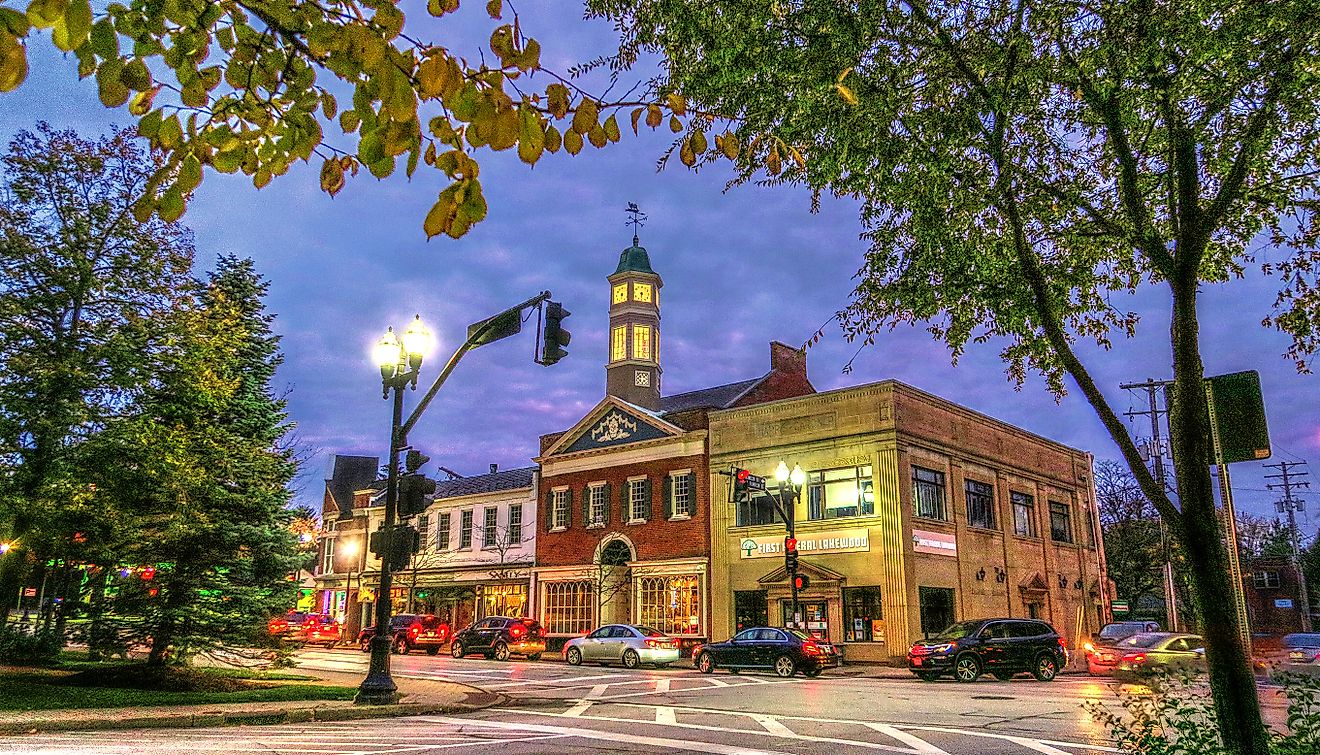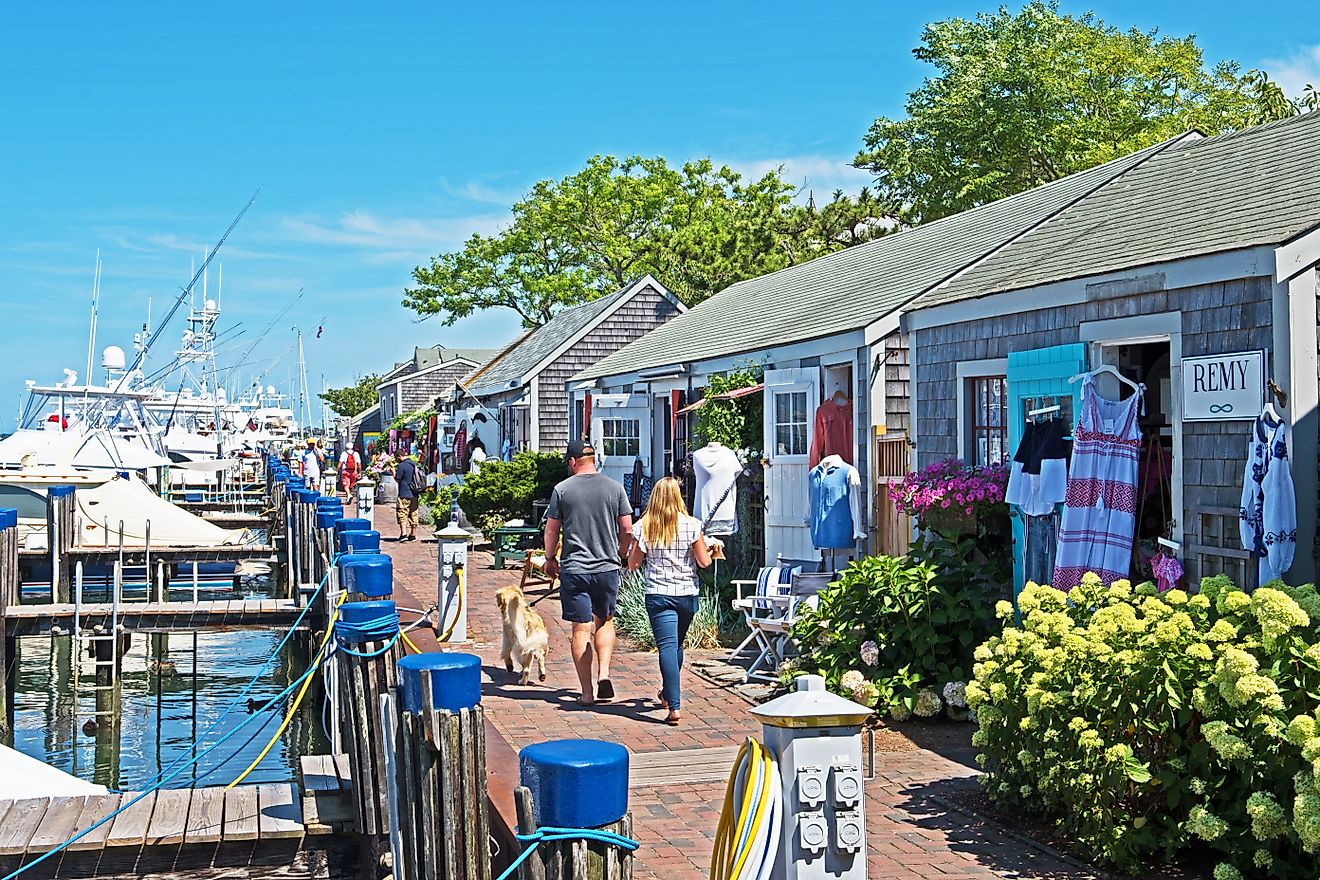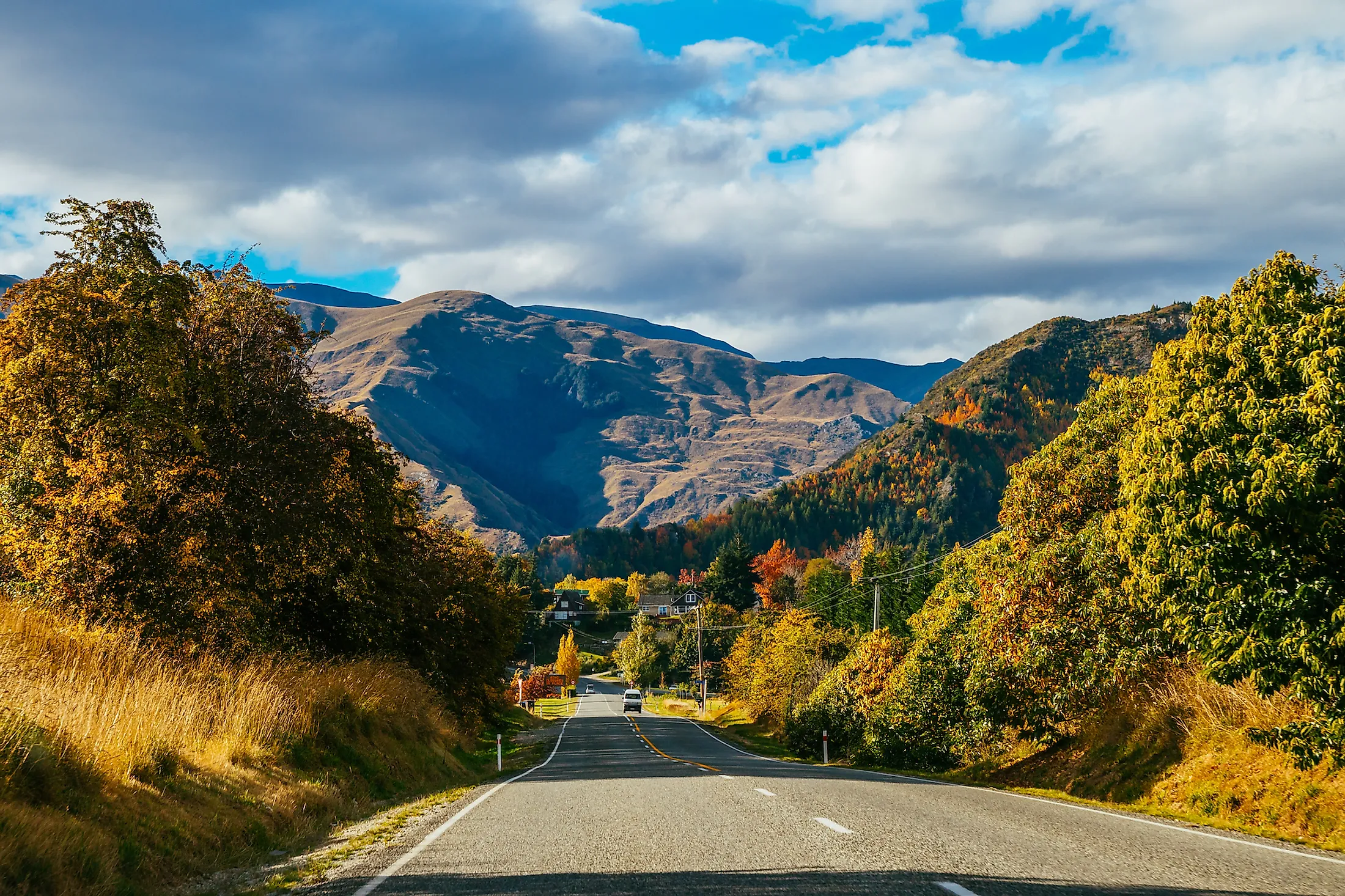
Arrowtown, New Zealand
One of New Zealand's most beautiful small towns, Arrowtown is considered a treasure along the Arrow Basin. Its gold mining past and current touristic acclaim combine to produce one of New Zealand's most sought-after destinations.
Geography Of Arrowtown
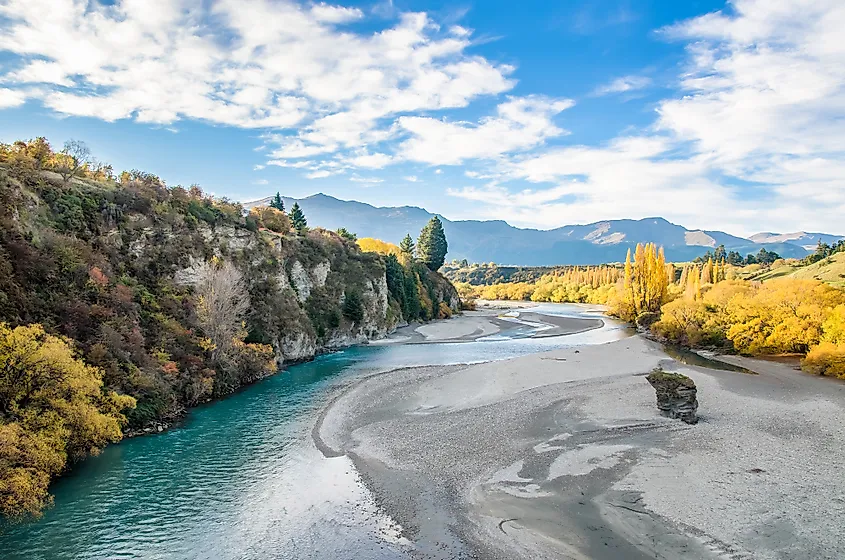
Arrowtown lies along the banks of the Arrow Basin within New Zealand's South Island in the Otago region. This small town located in the Queenstown-Lakes District lies 105 miles away from Otago's capital Dunedin and 12.1 miles from Queenstown. Moreover, this town of 236 hectares has the geographic coordinates of 44.9425°S and 168.8283°E (-44.9425, 168.8283) and has an elevation of 1342 feet. The Arrow River, which the town lies on, is considered a short river and a tributary of the Kawarau River. These, in turn, feed into New Zealand's second-longest river and the South Island's longest river, the Clutha River.
Climate Of Arrowtown
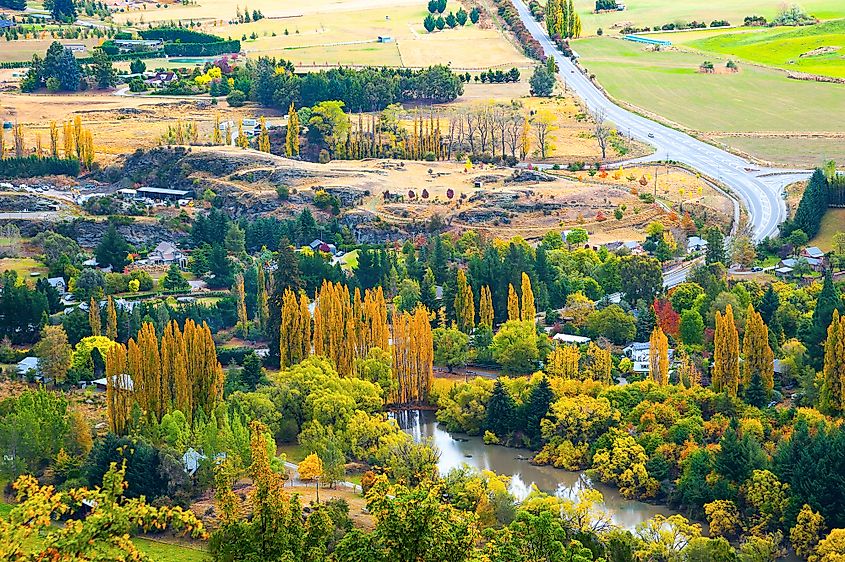
The town experiences four distinct seasons. The summer ranges from December 1 to February 28. It features average daytime temperatures of 80-90° F. Within this season, Arrowtown receives a large influx of local tourists for their annual breaks. From March 1 to May 30, Arrowtown's autumn period with average temperatures ranging from 30-58° F, features the unique period when the town's forests fully turn to their seasonal red and gold hues. On the other hand, the town's winter period stretches from June 1 to August 30, with temperatures dropping to an average range of 30-58° F. The town experiences a snowy period that lasts for two weeks, from June 18 to July 2. As for its fourth season, Arrowtown's spring season lasts from September 1 to November 30 and features a daily average temperate within 46-62° F. Various tourism scores place mid-January to mid-February as the best time of year to visit Arrowtown.
Population And Economy Of Arrowtown
As of the 2018 Census, the small town of Arrowtown had 2,814 residents. This population featured a median age of 38.3 years, 1,422 males and 1,392 females in terms of demographic. The town also had a population density of 882.9 individuals per km2. 90.2% of Arrowtown's population was of European ethnicity, whereas Māori represented 6.1%, and 8.2% of individuals were of Māori descent. 64% of the population were employed full-time, whereas 1.2% were unemployed.
In terms of occupation, 16.4% were technicians and trades workers whereas 9.2% were sales workers. Arrowtown's median income was USD 45,300, with 24% of the population earning over USD 70,000.
Brief History Of Arrowtown
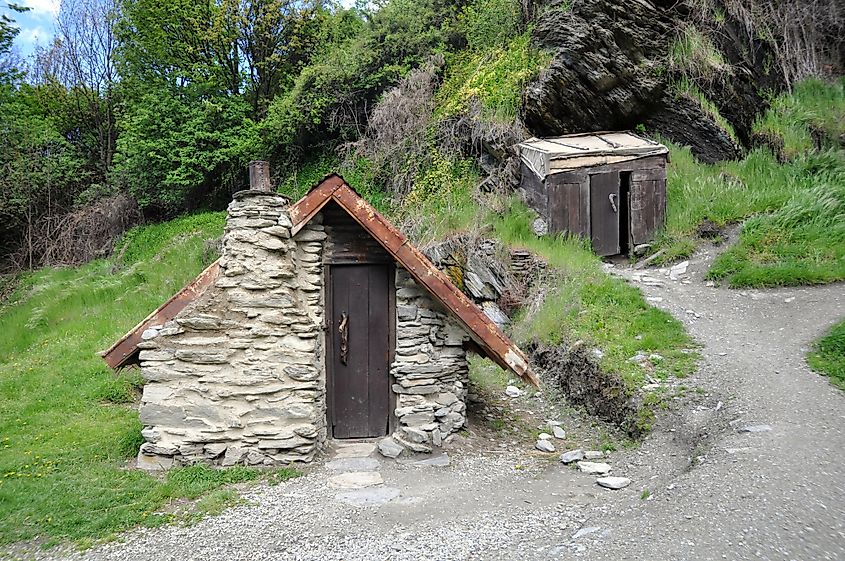
Arrowtown has a particularly unique history, much of which persists today. Before Europeans arrived in New Zealand, the area was frequently accessed by the Māori as they sought the prized pounamu (also known as greenstone) and hunted the flightless Moa bird. Upon European arrival, gold was discovered in the area in 1862, leading to a gold rush. Since William Fox took credit for the discovery, the town of 1,500 miners came to be known initially as "Fox's." By January 1863, 12,000 ounces of gold were extracted, worth USD 18 million by today's standards.
However, by 1865, much of the gold that could easily be extracted was gone. Therefore, the vast majority of European diggers headed for the newly opened West Coast goldfields. In response, the Otago Provincial Government attempted to restimulate the economy by inviting Chinese miners to come and extract the not so easily accessible gold. These Chinese workers soon formed a village in the area that remained settled until 1928. With time, more permanent settlements began to emerge. In 1874, the town's first mayor, Samuel Goldston, was elected.
The town was later renamed Arrowtown, given its location along the Arrow River. As the area's gold began to run out, the area transitioned from a gold mining town to a farm service town. The town was reinvented into a popular holiday destination in the 1950s, as many of its historic cottage houses were restored. As of today, Arrowtown maintains approximately 70 buildings and some features from the gold rush era, thereby allowing it to become one of New Zealand's most engaging destinations.
Tourist Attractions In Arrowtown
Buckingham Street
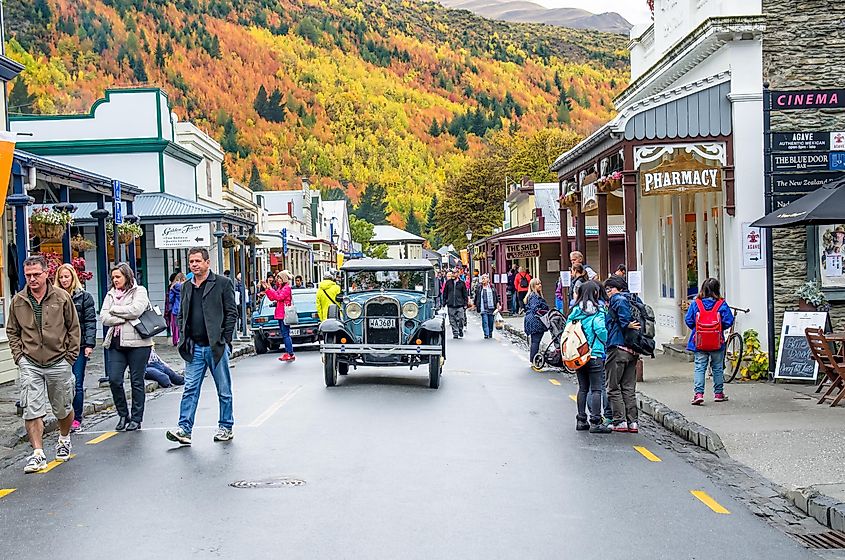
Given the town's testament to preserving its heritage and illustrious past, Buckingham Street serves as the town's main street. Lining the streets are many historical buildings dating back to the 1870s. Visitors will find a procession of small-town heritage buildings and miners' cottages along the street. These restored buildings currently host galleries, bars, restaurants, and shops. Therefore, the street perfectly symbolizes the town's aim of preserving its unique past and embracing the ever-changing new.
Lakes District Museum And Art Gallery
Frequently named one of New Zealand's top small museums, the Lakes District Museum is located within Arrowtown. This award-winning museum occupies three historical buildings as well as the town's original bank. In terms of displays, the museum features a variety of exhibits that showcase the early lives of the Māori and the European settlers. In addition, the museum heavily documents the gold rush era of the 1800s. Visitors can also explore the recreated blacksmith's workshop, Victorian schoolhouse, and grog shanty.
Lord Of The Rings Tours
The entirety of the Lord of the Rings trilogy was shot in New Zealand, and Arrowtown is host to the locations of several scenes. The most memorable of these movie scenes filmed within the area are the Gladden Fields scenes. Visitors can access this location by walking to Wilcox Green. Furthermore, visitors can access the filming locations of Ford of Bruinen by hiking along the Arrow River. As such, Arrowtown is a must-visit for any keen Lord of the Rings fan.
Kawarau Gorge Suspension Bridge
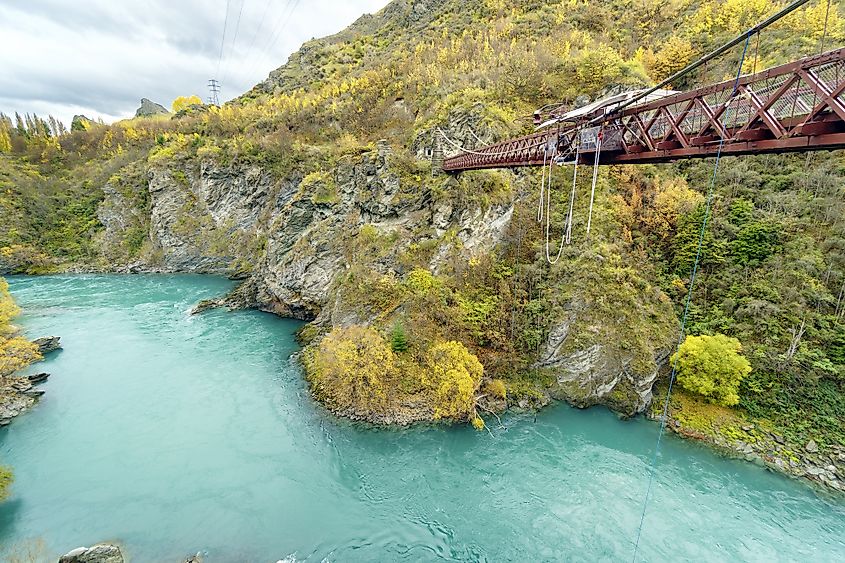
Often referred to as the birthplace of bungy tourism, the Kawarau Gorge Suspension Bridge was initially designed by engineer Harry Higginson and completed in 1880 as it was key for Queenstown's economic development. Despite winning the world's top engineering award in 1882, the bridge fell out of use when a newer bridge was opened in 1963. Nevertheless, the bridge was retained for its historical value and is now popular for an altogether different reason. In 1988, A. J. Hackett set up an experience that would allow people to test their thrill-seeking limits. Visitors can leap from the bridge, over a height equal to a 10-story building, with nothing but a giant elastic ban tied around their ankles. Today, this bungee jumping experience is still operational, although the bridge is also used for biking and is currently part of the Queenstown Trail over the Kawarau River.
Placed along the banks of the Arrow River, Arrowtown's scenic, cultural, and historic beauty has made this small town one of New Zealand's true gems. Given all that it offers within its small range, the town seems to have rightfully earned its title as the most beautiful small town in the 2020 Keep New Zealand Beautiful awards.
